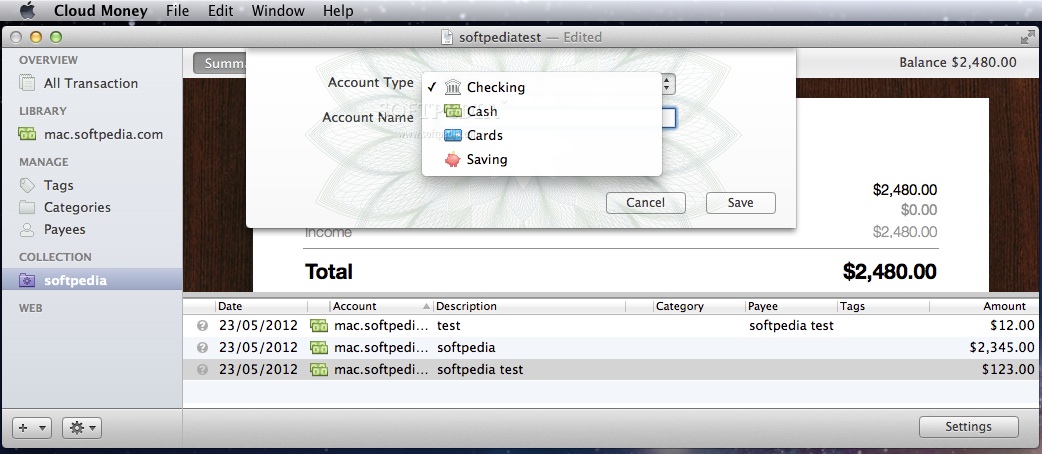

On the surface, this picture suggests that most of China’s public cloud growth comes from the adoption of low-margin IaaS with a long (long) road ahead to evolve into the higher-margin SaaS and PaaS layers. SaaS (in yellow) is the second largest though significantly smaller, while PaaS (in gray) is the smallest of the three layers. With these fundamentals in mind, I want to revisit this chart in the CAICT whitepaper that breaks down the relative size and growth rate of IaaS, PaaS, and SaaS.Īccording to this chart, IaaS (in blue) makes up almost 75% of China’s entire public cloud and is growing rapidly (67.4%, 97.8%, 80.4% respectively in the last three years). These gross margin differences also reflect the relative “value-add” that these three layers offer to their users – IaaS being the most commodity-like and least value-add, SaaS being the most, while PaaS sits in the middle. While gross margins may vary by vendor and could be higher than the range I laid out, depending on economies of scale of data centers and the extent of automation implemented, these three ranges generally hold true. In terms of gross margins, SaaS has the highest margin (more than 80%), PaaS the second highest (between 50-70%), and IaaS has the lowest (between 30-50%). SaaS (Software-as-a-service, aka user-facing applications like email, workplace messaging, video-conferencing, document-sharing for rent) PaaS (Platform-as-a-service, aka database, application development, big data analytics engine, AI/ML frameworks for rent) IaaS (Infrastructure-as-a-service, aka processors like CPUs/GPUs, storage units like SSDs or hard drives, and networking bandwidth for rent) Here’s my plain language definition of these three layers: These fundamentals are important for analyzing the potential of any cloud platform. Please do your own research before making any investment decisions.) Gross Margins: IaaS vs PaaS vs SaaSīefore I name specific companies and discuss why they are either good bets or bad bets, it is important to first lay out the architectural differences between the three layers of a cloud (IaaS, PaaS, SaaS), their respective gross margins, and the business logic that connects these layers. (The standard “this is not investment advice” disclaimer applies to this post and all Interconnected posts.


As news like the US government banning Nvidia from selling its cloud data center chips to China continues to complicate the future, how should one invest in the “walled garden” that is China’s cloud?
#Chinese cloud money how to#
With this observation in mind and as an investor, I could not help but think about how to “place bets” on China’s cloud. The one-sentence answer to the rather broad, complex question of “how is China’s cloud industry doing?” is: China’s cloud transformation is still in its infancy and starting to permeate industries beyond the Internet tech sector.

We combed through the official whitepaper published by the government-affiliated think tank, China Academy of Information and Communications Technology (CAICT), and combined our own domain knowledge. They got a patent for their technique, referred to as cloud-seeding, in 1948.A couple of weeks ago, we published a detailed breakdown of China’s cloud industry’s current state of development, which resonated with many industry analysts and technologists.
#Chinese cloud money series#
After a series of experiments there and in New York, the two researchers managed to make it rain using silver iodide bullets. The mountain, located in New Hampshire, is often called the "stormiest mountain in the world" and it's considered a prime spot for cold weather testing. were experimenting with using super-cooled clouds to stimulate the growth of ice crystals while hiking Mount Washington. It all started in the 1940s, when a pair of scientists from General Electric Co. At least 52 countries - including the United States - have current weather modification programs, 10 more countries than five years ago, according to the World Meteorological Organization. The project is part of a larger campaign of so-called weather modification techniques that the country has been using since at least 2008, when they claim to have cleared the skies for the Beijing Olympics by forcing the rain to come early.Ĭhina is far from the only nation trying to bring (or stop) the rain. Account icon An icon in the shape of a person's head and shoulders.


 0 kommentar(er)
0 kommentar(er)
